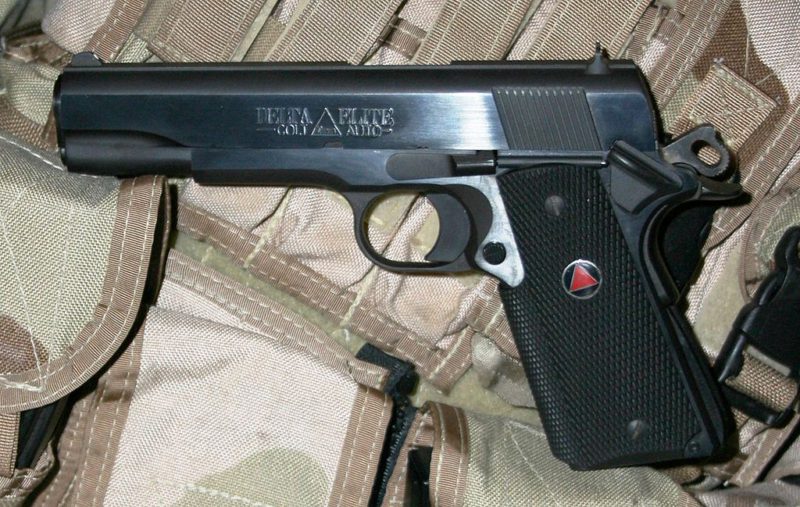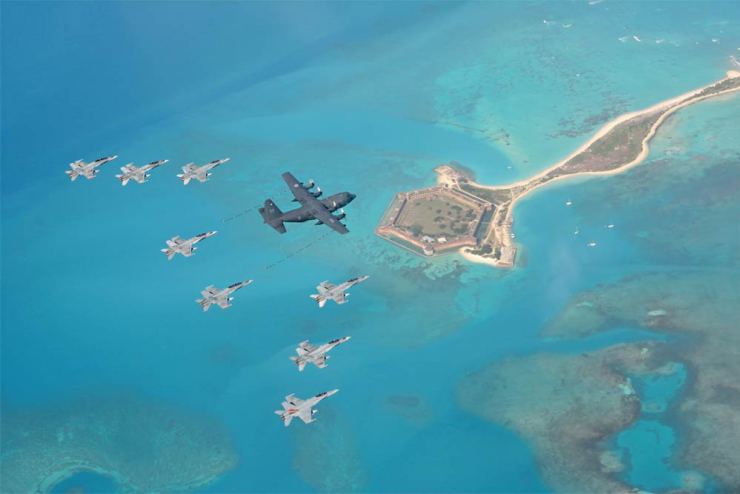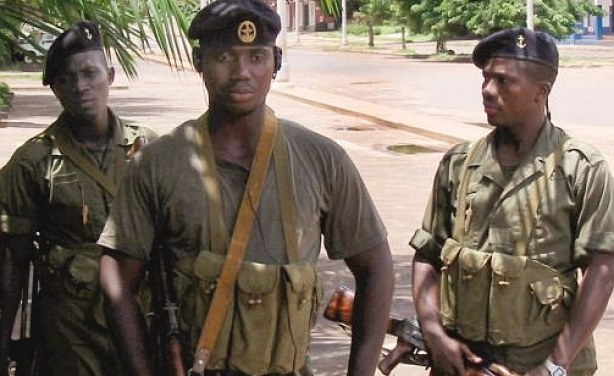The Browning Hi-Power 9mm handgun has served as the Canadian Armed Forces’ sidearm since 1944. Used by Canadian officers and soldiers in close quarters and confined spaces, it now seems likely the pistol will finally be replaced with a more modern design. As part of a flurry of procurement programs announced by Canada’s Department of National Defence (DND) in 2015, the Small Arms Modernization project envisions a process to replace the Browning 9mm that begins in 2020, awards a contract in 2025, and sees the delivery of the new sidearm over the course of 2026-2035.
This is not the first time Canada has explored replacing the Browning 9mm, however. In 2011, a previous iteration of the Small Arms Modernization project called for a new pistol to be license-built by Colt Canada, the preferred domestic manufacturer of Canadian military firearms, but the procurement was abandoned due to several issues. First, for the sake of interoperability with allies, NATO standards require that all pistols be chambered for 9mm rounds rather than other ammunition types. Colt Canada no longer offers pistols chambered for the 9mm round, which prompted DND to stipulate that the replacement to the Browning 9mm would be license-built. Second, and perhaps most importantly, no bidders for the project were willing to share their proprietary information with Colt Canada for such a relatively small order of 10,000 pistols.
It is unclear how DND intends to avoid a repeat of this scenario or whether any potential bidders would be willing to share technical details with Colt Canada. A break in ranks with NATO interoperability would not be unprecedented. In 2000, Denmark adopted the Glock 20 handgun, which is chambered for the 10mm round, for use by the Sirius Dog Sled Patrol, an elite unit responsible for long-distance reconnaissance in northern and eastern Greenland. Colt Canada’s parent company has manufactured the Colt Delta Elite, which is chambered for the 10mm round, since 1987, which would certainly streamline the process of replacing the Browning 9mm. It would also dovetail well with the Canadian Rangers’ adoption of a new rifle, the SAKO T3.
There could still be one catch: the new Small Arms Modernization project also mentions the need for “low power, lightweight, and enhanced observation and aiming devices to reduce the soldier’s payload and improve accuracy”. This raises some question as to what kind of accessories will be included in the detailed Request for Proposals expected in 2023, as well as what implications this will have for the pistol’s rail system. The 2011 procurement project called for a US rail system known as MIL-STD 1913, which helps affix accessories like flashlights or laser sights, but this also broke with NATO interoperability standards. In 2009, the NATO Accessory Rail (NAL), also known as STANAG 2324, was adopted as the Alliance’s standard for mounting accessories on firearms. Although there is some degree of compatibility between the two, it would certainly be less than ideal in multinational operations.
There are still many years in which DND can fine-tune the procurement of a new pistol for the Canadian Armed Forces. In fact, this is to be expected when a Request for Proposals is still roughly seven years away. But it is worth considering to what degree Canada should adhere to NATO interoperability standards and how leaving the 9mm round behind could impact the performance of Canadian soldiers in NATO-led operations.
Photo: Colt Delta Elite pistol (2006), by JSEldred at English Wikipedia via Wikimedia Commons. Public Domain.
Disclaimer: Any views or opinions expressed in articles are solely those of the authors and do not necessarily represent the views of the NATO Association of Canada.




